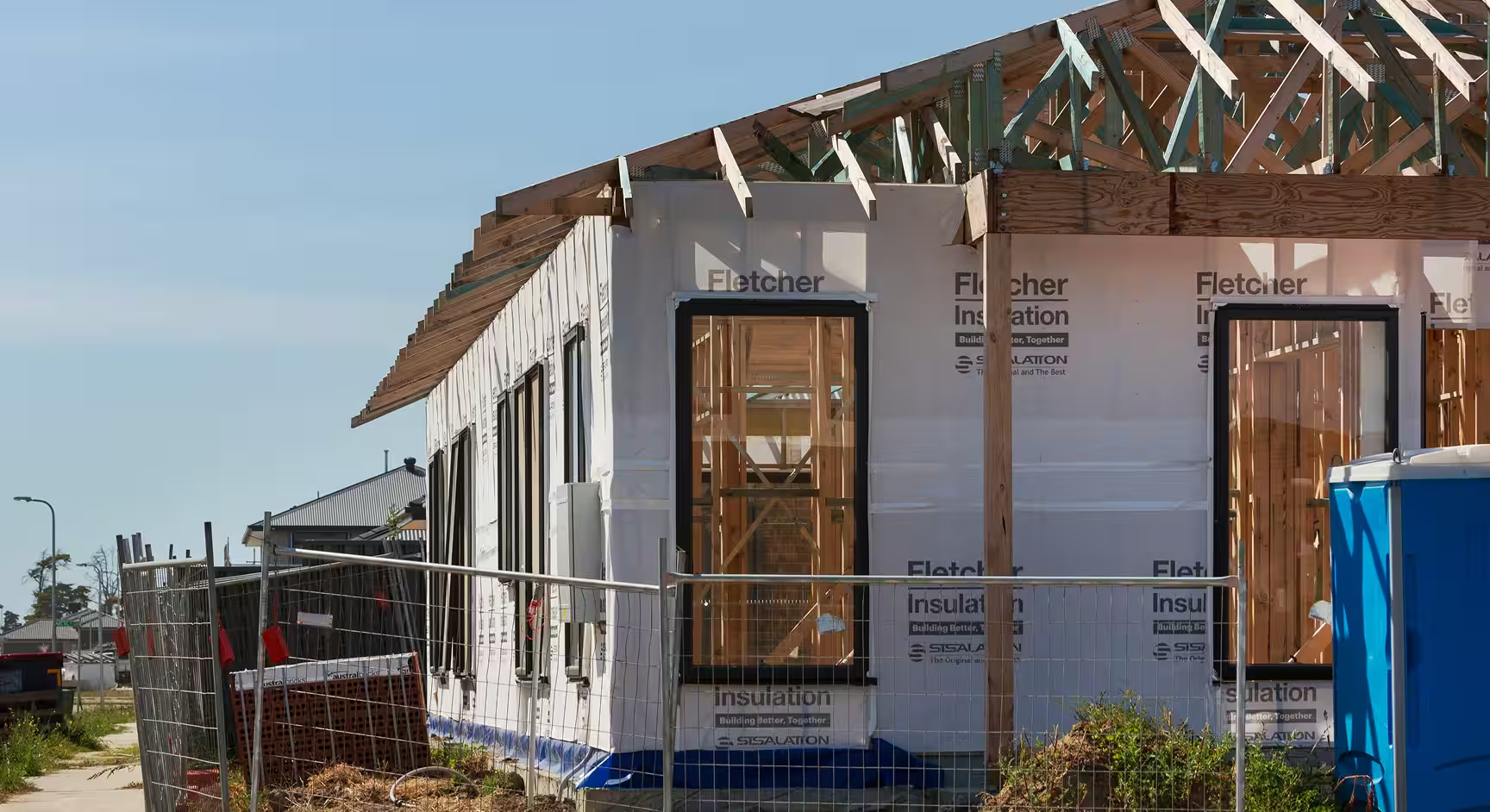
The U.S. housing market is undergoing a notable transformation as sellers grapple with a cooling demand and a shrinking pool of qualified buyers. Once buoyed by soaring home values and limited inventory, sellers now find themselves adjusting expectations-often by reducing asking prices or sweetening deals with incentives.
This shift is largely driven by affordability challenges and economic uncertainty. With mortgage rates hovering above 6% and concerns about job stability and inflation lingering, many prospective buyers are holding off, hoping for more favorable conditions.
In regions like the South and West, sellers are increasingly offering concessions such as reduced prices, assistance with closing costs, and mortgage rate buy-downs. According to NPR, the housing supply has grown, and price appreciation has slowed, giving buyers more leverage. Yet, many remain cautious, waiting for further declines in rates and home prices.
Although mortgage rates have dipped slightly-fueled by speculation that the Federal Reserve may cut its benchmark rate ,they remain tied to the 10-year Treasury yield, which limits dramatic drops. This means buyers hoping for steep rate reductions may be disappointed, though affordability is improving in select markets.
The S&P CoreLogic Case-Shiller Index reported a modest 1.9% annual price gain in June, marking the slowest growth since mid-2023. Regional disparities are emerging: Sunbelt cities like Phoenix, Tampa, and Dallas are seeing slight price declines, while industrial metros such as New York, Chicago, and Cleveland continue to post gains.
Meanwhile, the National Association of Realtors (NAR) noted a 2.0% uptick in existing home sales in July, signaling a potential rebound in affordability. However, new home sales dipped 0.6% month-over-month, prompting builders to offer more incentives to attract hesitant buyers.
As inventory grows and buyer behavior shifts, sellers must recalibrate their strategies. While hopes for a dramatic market rebound are fading, experts suggest that a return to more typical mortgage rate levels could help stabilize the housing landscape in the months ahead.

